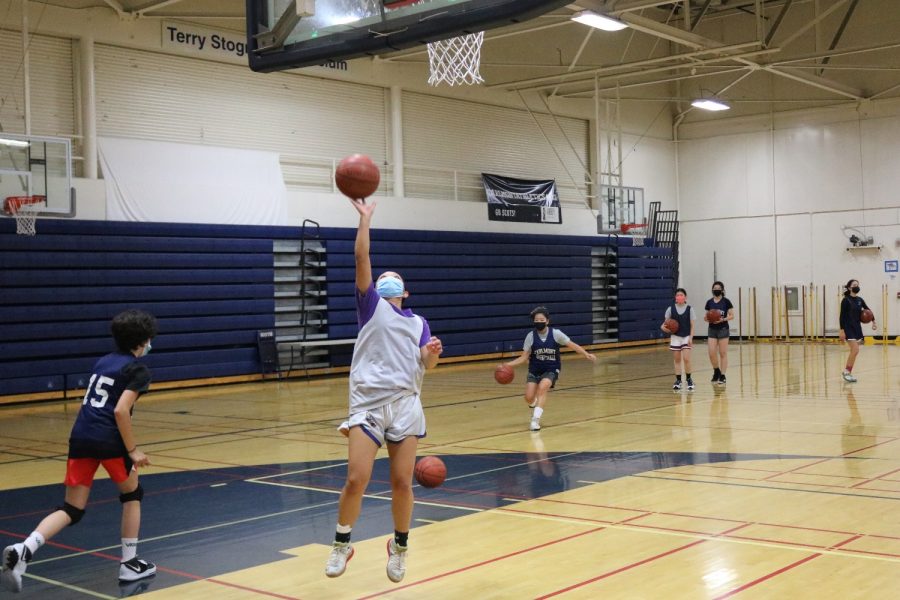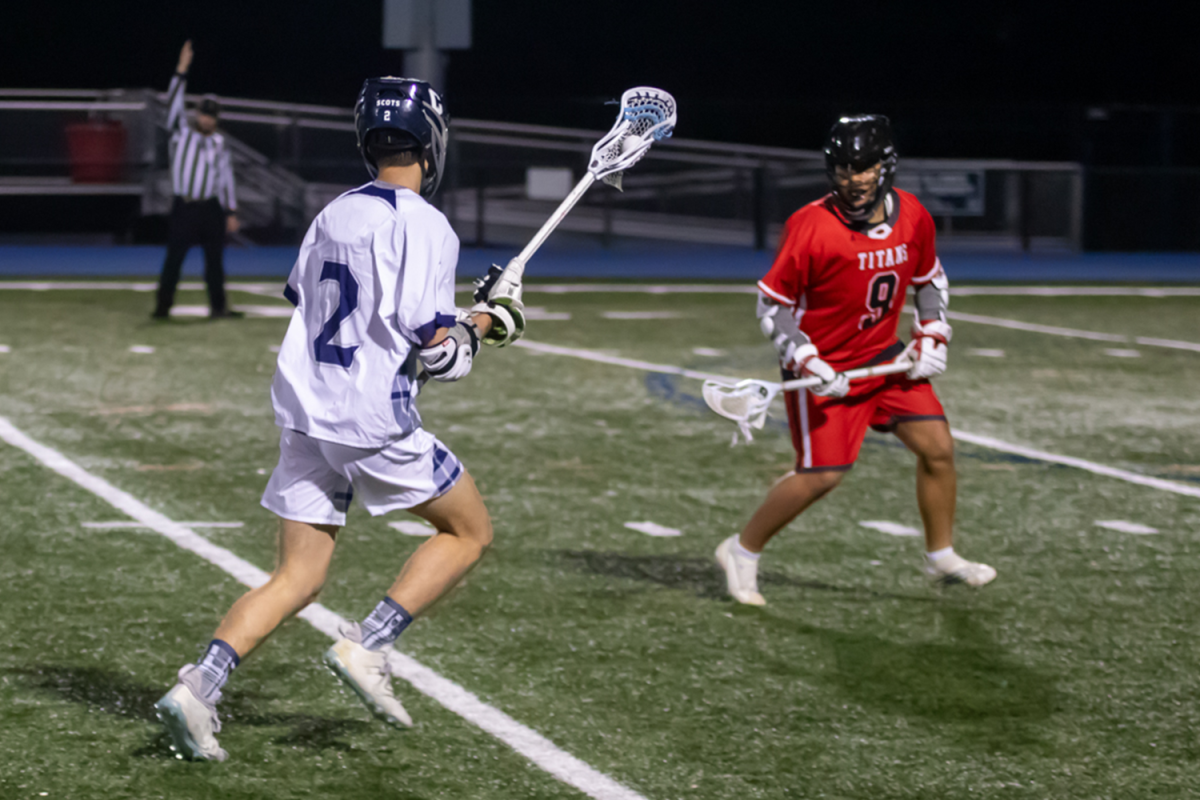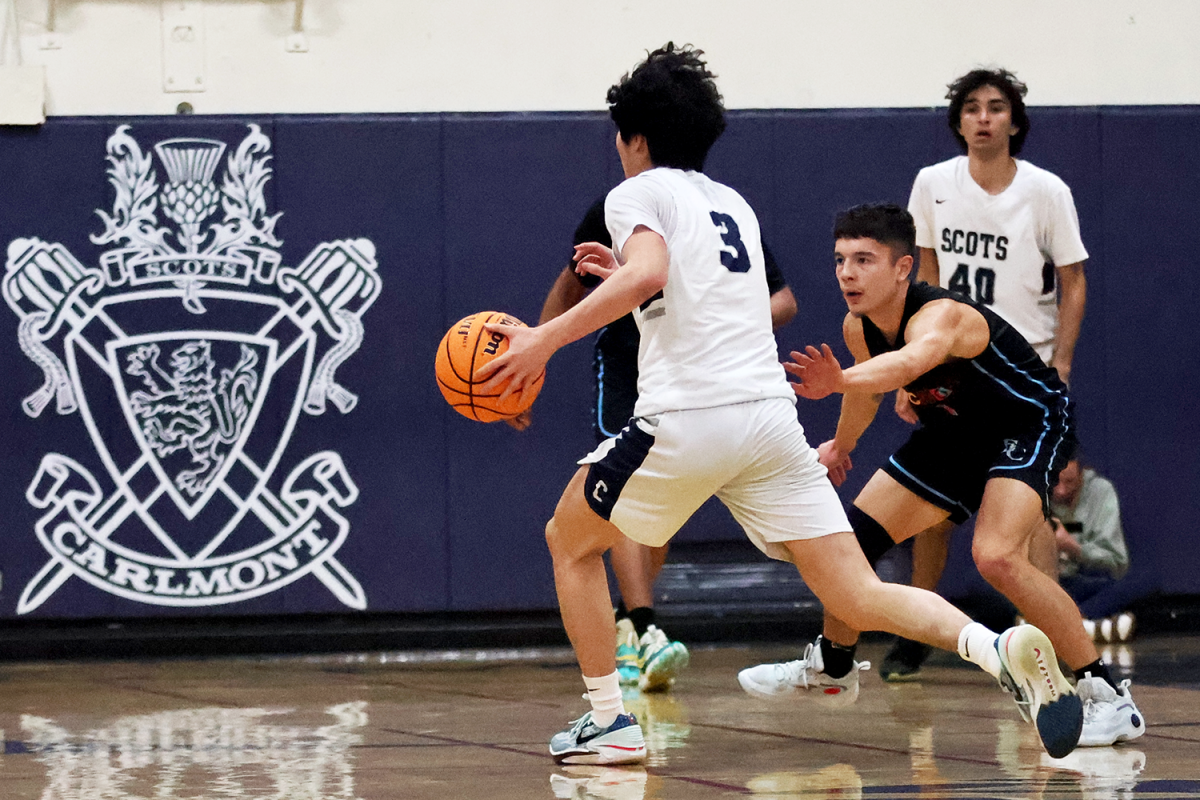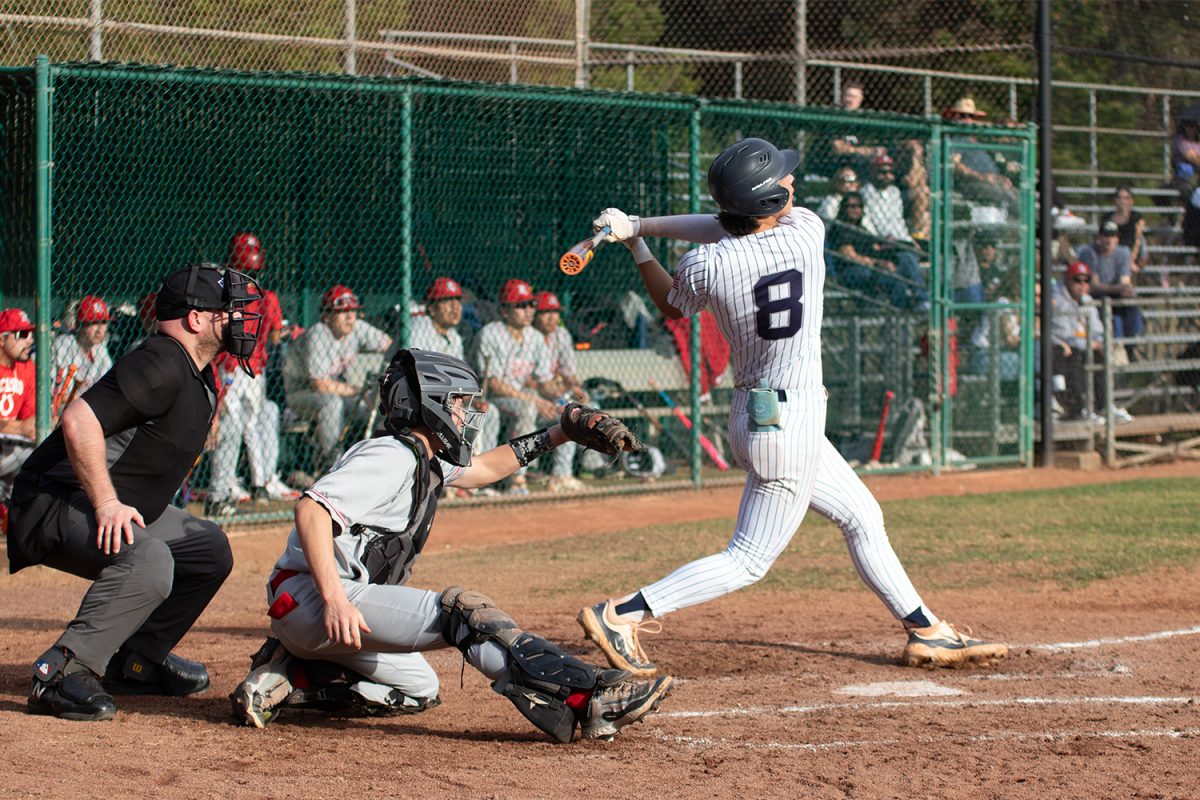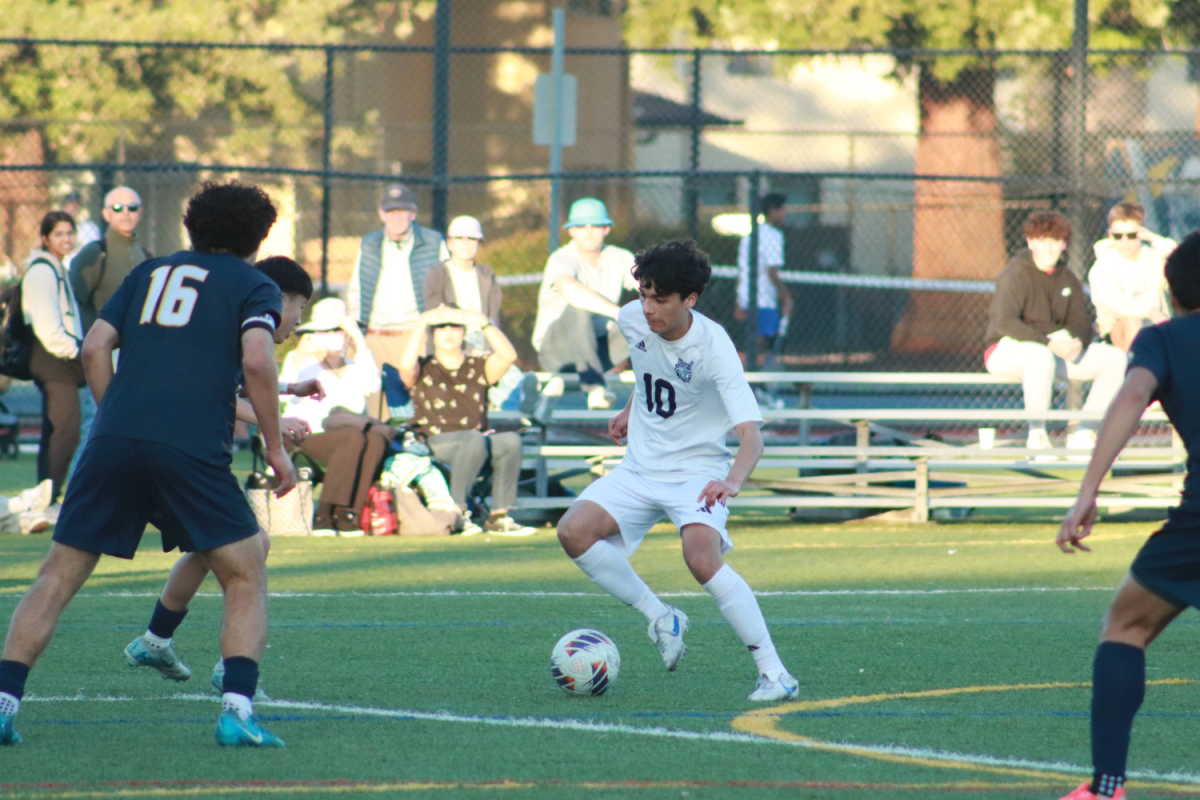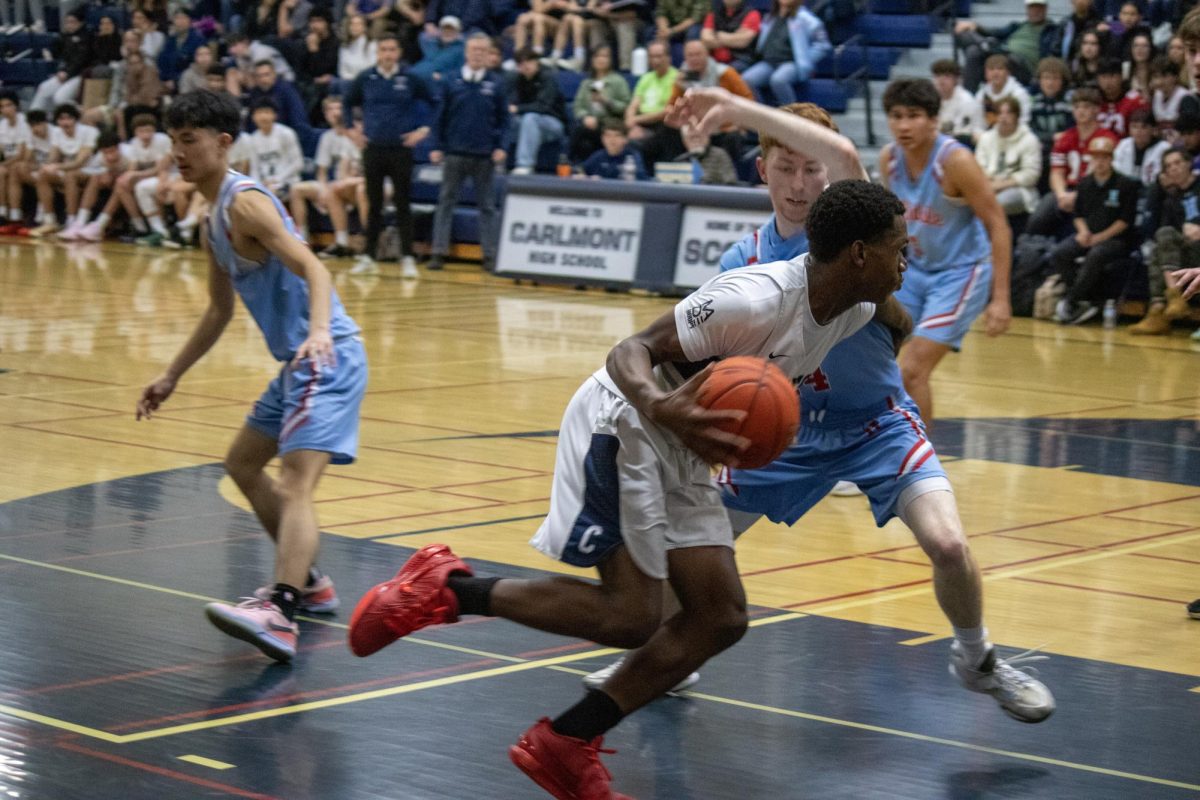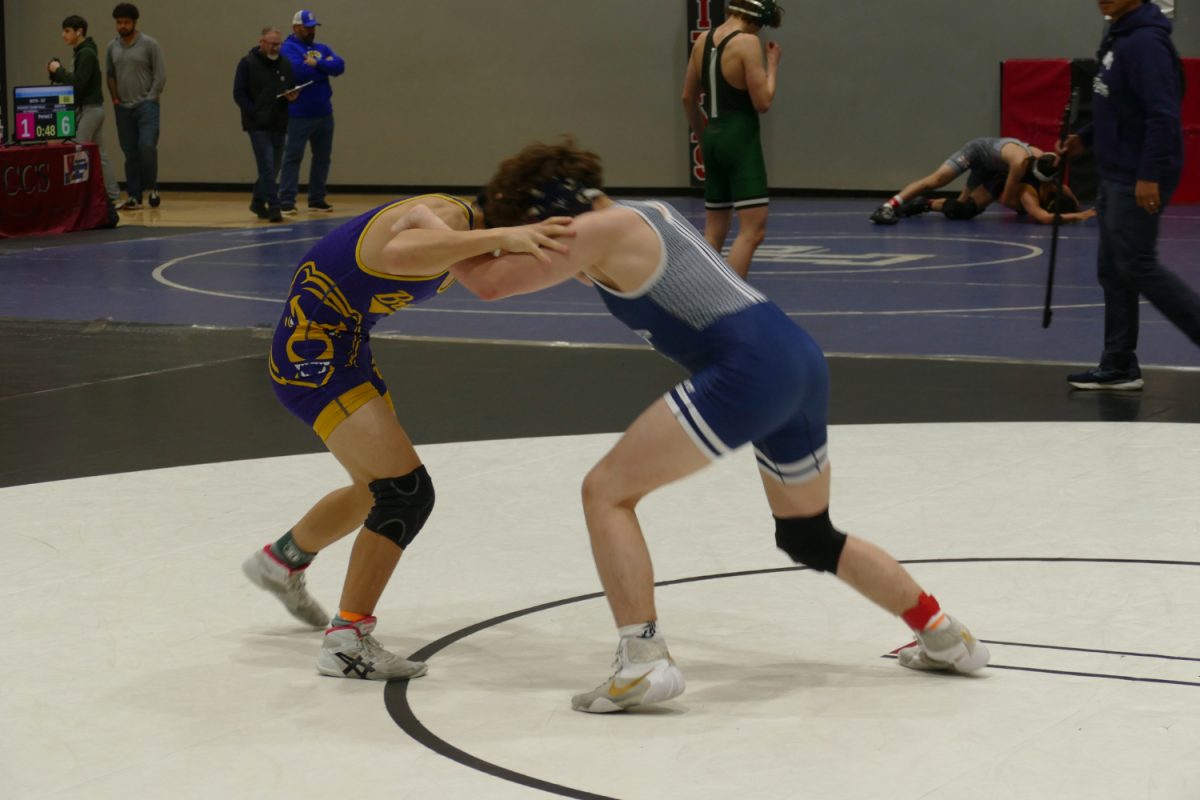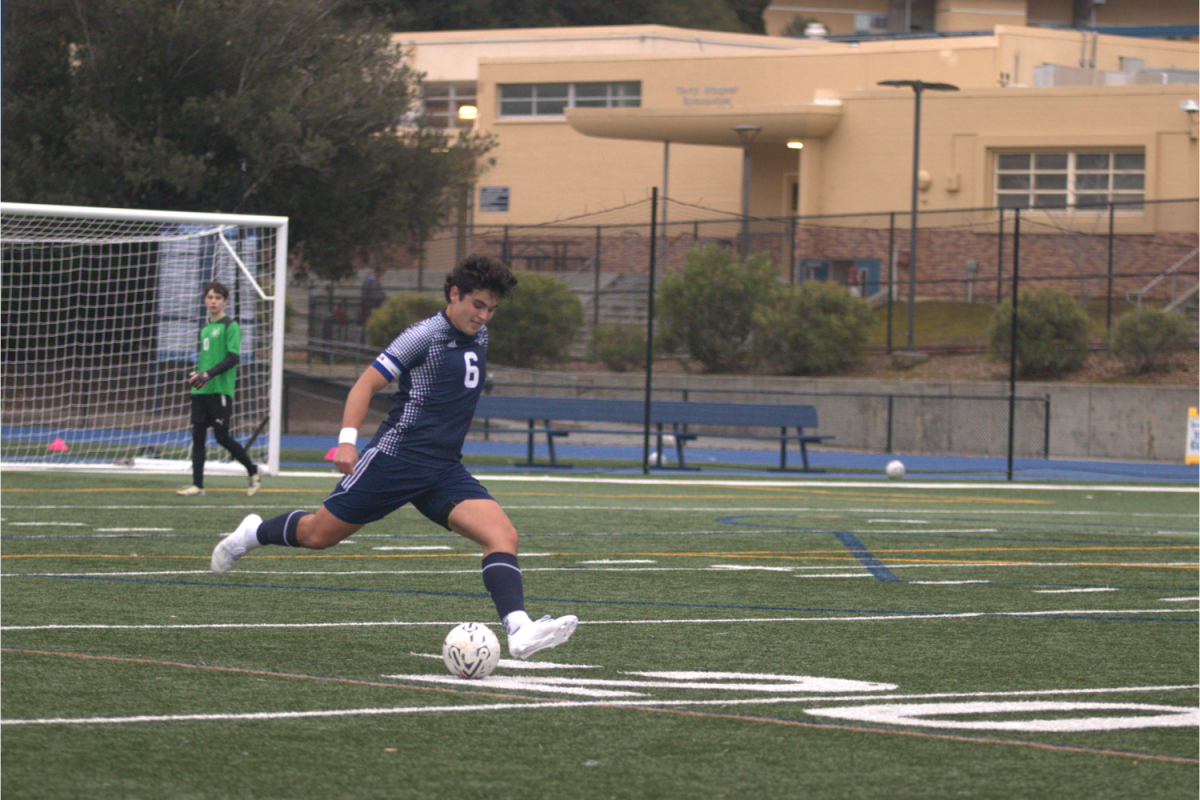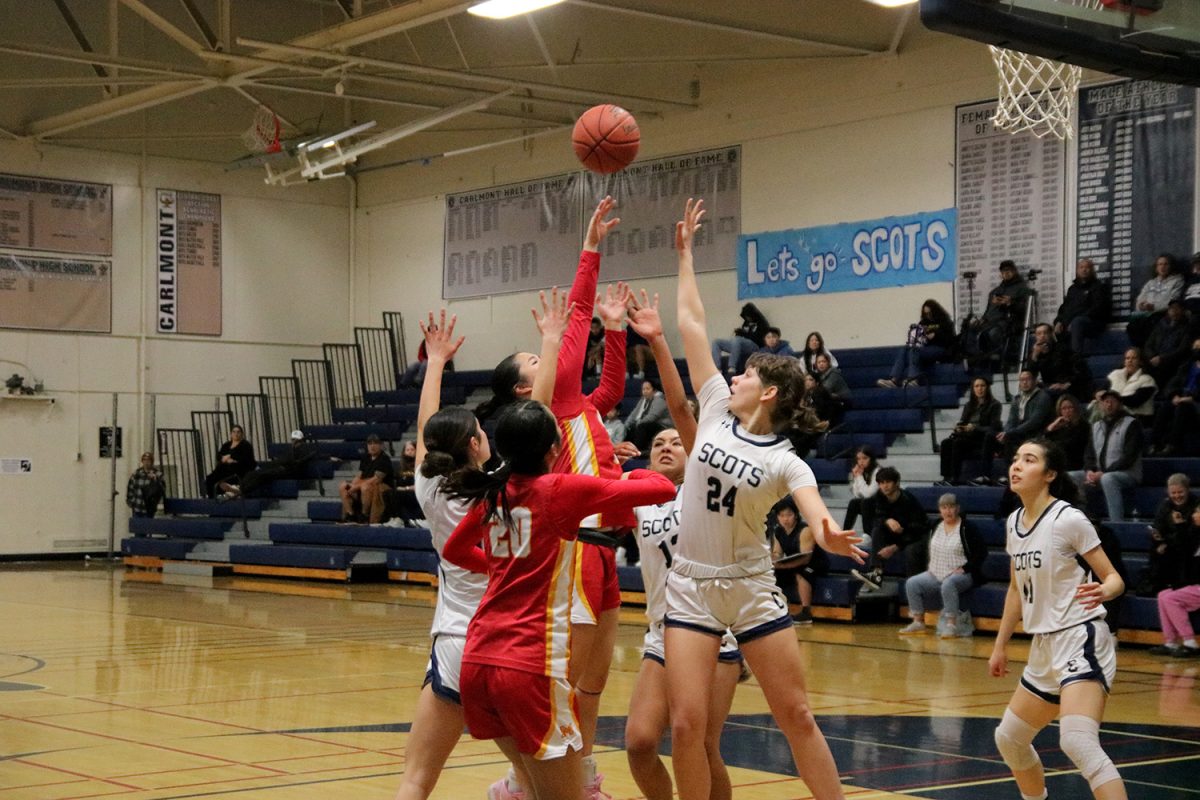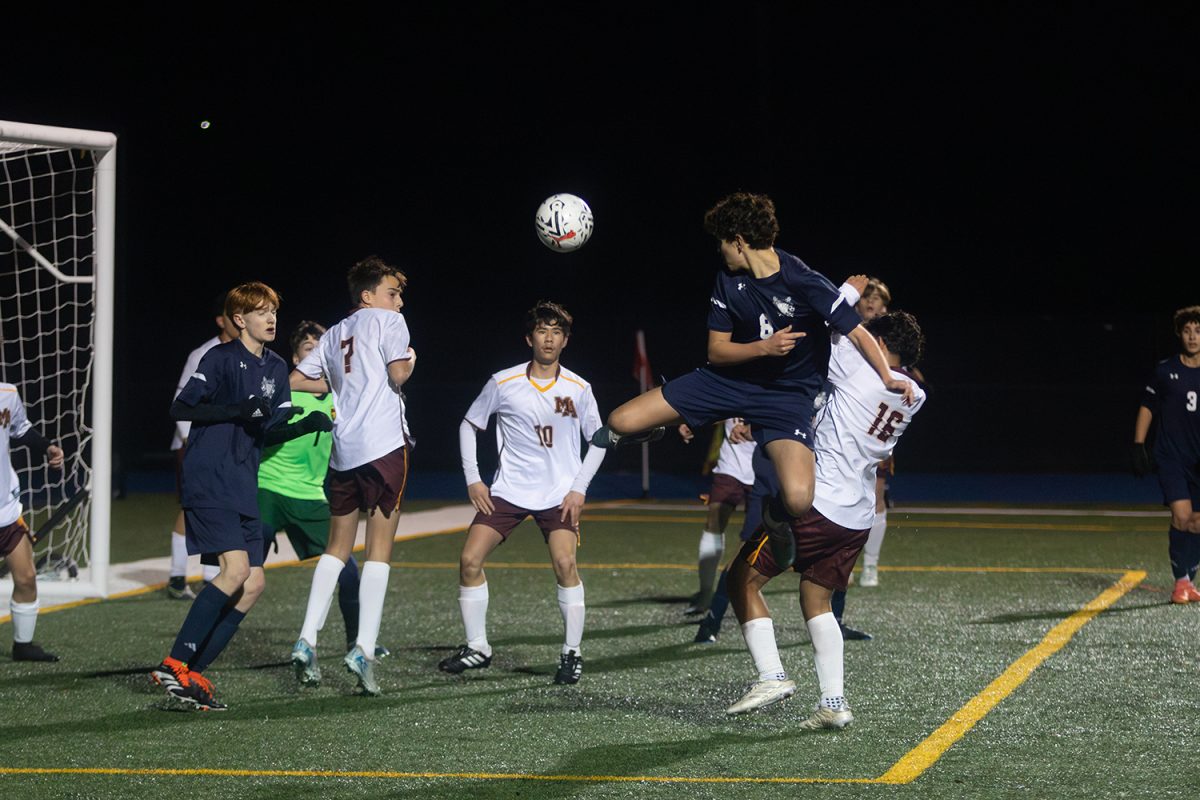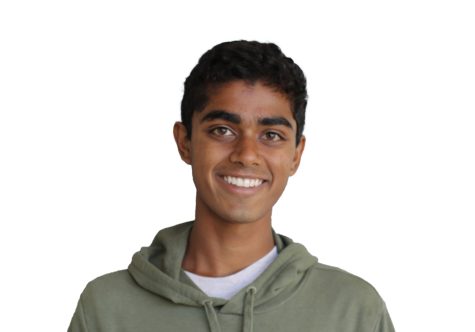For some athletes, the end of the fall season is only the beginning of their year in sports. As an infectious sense of completion and lethargy spreads through some teammates, others must start training for the winter season.
Carlmont has three sports seasons, fall, winter, and spring. There is no hiatus period between these seasons, and multisport athletes sometimes find themselves training for most of the year without a break.
However, coaches are conscious of this situation and try to be accommodating. Students can wait until the end of the fall season to try out for a winter sports team.
“The direction all the coaches get is that any kid finishing their fall sport need to be allowed to try out for the winter sport,” said Patrick Smith, Carlmont’s athletic director.
Playing sports before getting into the winter season can also prepare athletes for a return to sports. Some view it as a way to get extra training in. They can use their experience during the fall season to become ready for the physical challenges of the winter season.
“It was actually kind of good,” said Aubrey Button, a freshman wrestler and water polo player. “I didn’t really get out of shape or anything. I went straight into working out again.”
Any training a student-athlete can get is valuable. After over a year of remote learning, many students’ athletic capacities decreased. Getting back into a system of continuously working out during the fall will show students what to expect.
The physical and mental characteristics that one develops while playing sports are reawakened during the fall season. This headspace and muscles carry over to other sports in the fall season and give students a place to build.
“In football, wherever you’re going, you’re always focused on tackling one person, so it’s kind of the same thing as wrestling,” said Parker Grason, freshman football player and wrestler. “Just keep the same level of intensity towards the person that’s trying to block you as you do in wrestling.”
However, no sport is a direct correlation to another. Carlmont offers a wide variety of sports, each testing different muscles, and skills. Many skills gained in one sport do not translate to others, and athletes have to retrain themselves for a new sport.
This overlap between fall and winter can be straining. Students must make sure they don’t get injured because of their continual training. Although it is good to work out in the offseason, embarking on a whole new sport can cause students to tire themselves out.
“My sophomore year, I hurt my knees training for CCS wrestling and decided I wouldn’t wrestle so I could do track and have a faster recovery,” said Nefeli Tsangaropoulos, a senior who plays water polo player, wrestles, and runs track. “It’s kind of hard because I don’t have an offseason, so I have to stay healthy all the time.”
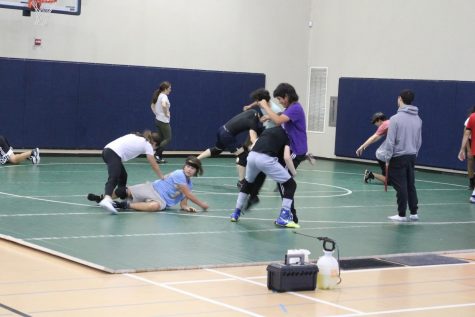
(Isa Khalak)
Although doing multiple sports is hard, it can help athletes develop. Specialization in one sport without variation is harmful when done at a young age. Playing various sports will build on each other and can help students become better athletes.
There is a stigma that athletes don’t have time to play multiple sports, and an intensive focus on one sport will lead to the best result. However, according to Move Strong Physical Therapy, pursuing numerous sports can be better from both a mental and physical standpoint.
Specialization in sports can cause burnout and anxiety. Unrealistic expectations and intense training will harm the mental state of athletes. In addition, variety in sports can prevent a decrease in basic sports skills.
With the winter season underway, students have already begun playing basketball, soccer, or wrestling. Simultaneously, the fall season is coming to a close. The students who are doing both fall and winter sports have a long road ahead of them.
“Kids should be encouraged to play as many things as they want,” Smith said.

